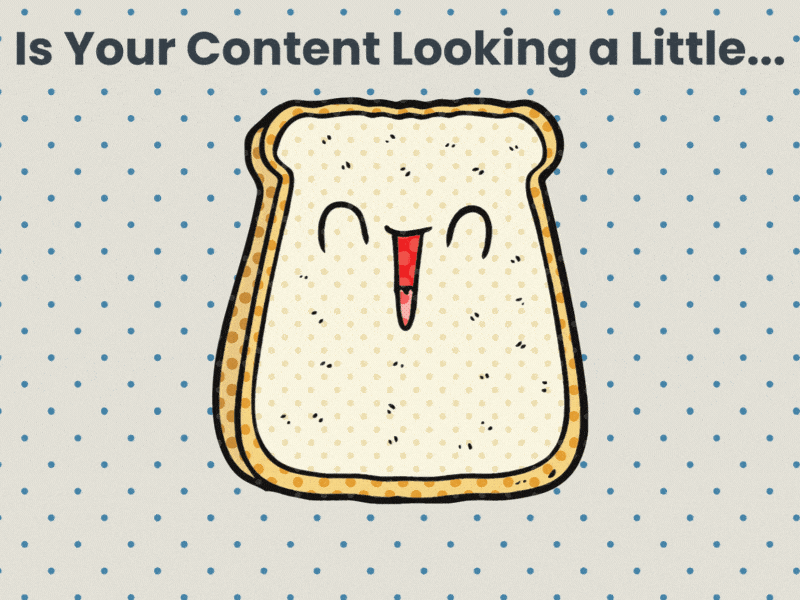The Anatomy of an Optimized Web Page: A Comprehensive Guide

Your website serves as the central hub for how potential customers engage with and learn about your business. It's often the first impression and touchpoint people will have with your brand online. Therefore, ensuring your website is fully optimized with the user experience in mind is absolutely essential for making a stellar first impression and conveying professionalism and credibility.
However, many businesses fail to dedicate sufficient time and resources to optimizing their web pages. An unoptimized website cluttered with technical glitches and distractions reflects poorly on a business and fails to effectively engage its audience. Just imagine navigating a disorganized, slow-loading website riddled with broken links and confusing menus. Frustrating, right? Not exactly an ideal customer experience.
So what exactly constitutes an optimized web page that puts your best foot forward online? Let's break down the key components that all well-designed websites should include to create a top-notch user experience.
Page Speed Optimization
Let's start with the most basic but arguably most important factor - page speed. If your website takes eons to load, visitors aren't going to stick around to see the rest.
Think about the last time you waited more than 5 seconds for a page to load. The frustration mounts as the loading wheel spins endlessly. Now imagine it's your own business website bringing up this irritation. Not an ideal customer experience.
With 53% of site visitors expecting pages to load in 2 seconds or less, slow page speeds lead to increased bounce rates and lost opportunities. By optimizing page speed, you provide a smooth, seamless experience that keeps visitors engaged.
Some ways to boost page speed include:
- Compressing images
- Enabling browser caching
- Minimizing HTTP requests
- Optimizing server response times
The faster your web pages load, the more likely visitors are to explore your site and convert into customers. Page speed optimization is the crucial first step in crafting an exceptional user experience.
Mobile Optimization
With growing smartphone usage, ensuring your website is mobile-optimized is no longer optional - it's imperative. If your site isn't responsive on mobile devices, you are likely bleeding potential customers.
Think about trying to navigate an overloaded desktop site on a tiny phone screen. Miniscule text, frustrating formatting issues, and clumsy navigation. Not exactly user-friendly.
Consider that as of 2022, mobile accounts for nearly 60% of global website traffic. And Google prioritizes mobile-friendly sites in their search rankings.
Some elements of effective mobile optimization include:
- Responsive web design that adapts seamlessly to fit mobile screens
- Easy-to-tap links, buttons, and navigation menus
- Streamlined content delivery
- Fast page loading speeds
- Legible typography and sizing
By designing your website to provide an excellent mobile experience, you engage users on-the-go and enable seamless brand interactions across devices.
SEO Optimization
Now let's get into optimizing your web page for discoverability by search engines. After all, if search engines can't comprehend your page, you'll remain invisible to those searching for your products or services online.
SEO optimization entails both on-page and off-page factors. For on-page optimization:
- Include relevant keywords in headings, meta descriptions, image alt text, and content. But avoid overstuffing! Keyword density of 1-2% is ideal.
- Ensure your page has a clear hierarchy of organized headings and subheadings (H1, H2, H3 tags).
- Provide valuable, original content that answers your audience's queries.
- Check for broken links regularly and fix any you find. Search engines frown upon broken links.
- Use brief, keyword-rich URLs instead of overly long, complex ones.
By attending to these on-page SEO factors, you make your website more discoverable through organic search. Combine this with an effective off-page SEO strategy involving link-building and review generation, and your search engine visibility will climb even higher.
Clear Navigation and Call-to-Actions
If your web page resembles a maze, visitors can easily get lost wandering through endless content without finding what they're looking for. A clear navigation menu is like a guide that keeps users on track.
Strategically organizing and labeling your navigation links helps visitors easily find what they need. Keep menus streamlined with only your most important categories and pages listed. Descriptive headings and concise page titles also guide users.
Calls-to-action serve a similar purpose - providing clear direction by telling users what to do next. Prominent, attention-grabbing CTAs like "Sign Up Now" or "Start Free Trial" persuade visitors to take desired actions like subscribing or purchasing.
Together, intuitive navigation and visible CTAs shepherd visitors along their journey through your website - ultimately moving them towards conversion.

Compelling Content
Now let's discuss one of the most vital parts of an optimized web page - the content itself.
Generic, lackluster content won't hold attention. Well-crafted content that educates, entertains, or provides unique value keeps visitors engaged. Consider what motivates your audience and target your content accordingly.
For example, tutorials that educate readers on using your product build trust and position your business as an authority. Entertaining content like videos and quizzes can be used to break up sections or pages with a lot of text.
High-quality images, infographics, and multimedia elements can also enhance content presentation and increase clarity for visual learners.
By consistently publishing valuable, relevant content, you drive repeat traffic which over time converts into sales. Compelling content is the fuel that keeps the engines running on your long-term marketing efforts.
Effective Use of Multimedia (Videos, Images & Audio)
Harnessing the power of multimedia is key to creating an engaging, interactive user experience.
Compelling images and videos can capture attention and communicate ideas in ways that text alone cannot. 80% of website traffic is driven by visual media.
That said, not all multimedia has a positive impact. Irrelevant stock photos and videos unrelated to your content only clutter up the page. Slow-loading, high-resolution images can negatively impact site speed.
Carefully select multimedia that:
- Enhances and supports your content
- Aligns with your brand
- Loads quickly and seamlessly
- Is optimized for mobile
Imagery, audio, video, and interactive elements should complement your content while aligning with your brand identity. This creates an immersive experience that visitors appreciate.
Optimized Forms and Checkout
Lost visitors during checkout? Forms and shopping carts are often the final battleground to keep customers from abandoning ship.
While e-commerce sites need to optimize their checkout flows, all websites can benefit from enhanced forms.
For any forms, focus on collecting only necessary information, using clear labels, and offer value in exchange, like promotional discounts or free resources.
During checkout, minimize clicks by keeping forms short and pages succinct. Offer guest checkout options to remove registration barriers. Providing multiple payment methods and clearly stating policies help build trust.
For service businesses, think beyond just contact forms. Email newsletter sign-up forms, lead generation offers, surveys, and more can all be optimized to boost conversions.
It's also vital to optimize forms and checkout for mobile, where typing and navigation may be more difficult. Simplify processes, increase tap target sizes, and keep everything on one page where possible.
By reducing the effort needed to complete forms and checkout, you increase the chances of visitors reaching the final conversion goal. Don't let technical issues trip them up yards away from the finish line!
Why Does Web Page Optimization Matter for Small Businesses?
Consider a local restaurant, for example. By optimizing their site for mobile and enhancing page speeds, they can share menus and updates quickly with customers on-the-go. This convenient access drives more orders and engagement.
Or imagine a boutique using SEO and compelling content to appear in search results for relevant queries like "affordable formal dresses." Optimizing their web pages could multiply their reach exponentially, creating new sales opportunities.
For small businesses, the difference between a couple of sales and dozens or hundreds can determine long-term success or failure. By dedicating time to optimize their web pages, small business owners can punch above their weight online and effectively compete against larger companies.
An optimized website can also build credibility and trust with customers. They appreciate the effort put into crafting an experience focused on their needs. This loyalty turns them into brand advocates who actively promote your business through reviews and referrals.
In an increasingly noisy and competitive marketplace, web page optimization gives small businesses an edge when every customer counts.
Ready to Optimize Your Web Pages?
Crafting well-designed, conversion-focused web pages takes skill and time. If you're feeling overwhelmed, don't go it alone. The web design experts at Your WP Guy are here to help.
Schedule a discovery call with us to kickstart the optimization process. We'll assess your current website, identify areas for improvement, and implement proven best practices tailored to your business goals.
Stop losing customers to preventable web page pitfalls. Contact Your WP Guy today to create an optimized online presence that drives real results!
The Anatomy of an Optimized Web Page: A Comprehensive Guide Summary
- Optimize page speed through image compression, caching, and more to improve site performance
- Ensure your site is mobile-friendly through responsive design for optimal viewing on all devices
- Include quality content, meta tags, alt text, etc to boost SEO and search visibility
- Streamline navigation menus and use strong CTAs to guide visitors to desired actions
- Reduce form friction through clear design and mobile optimization to increase conversions


